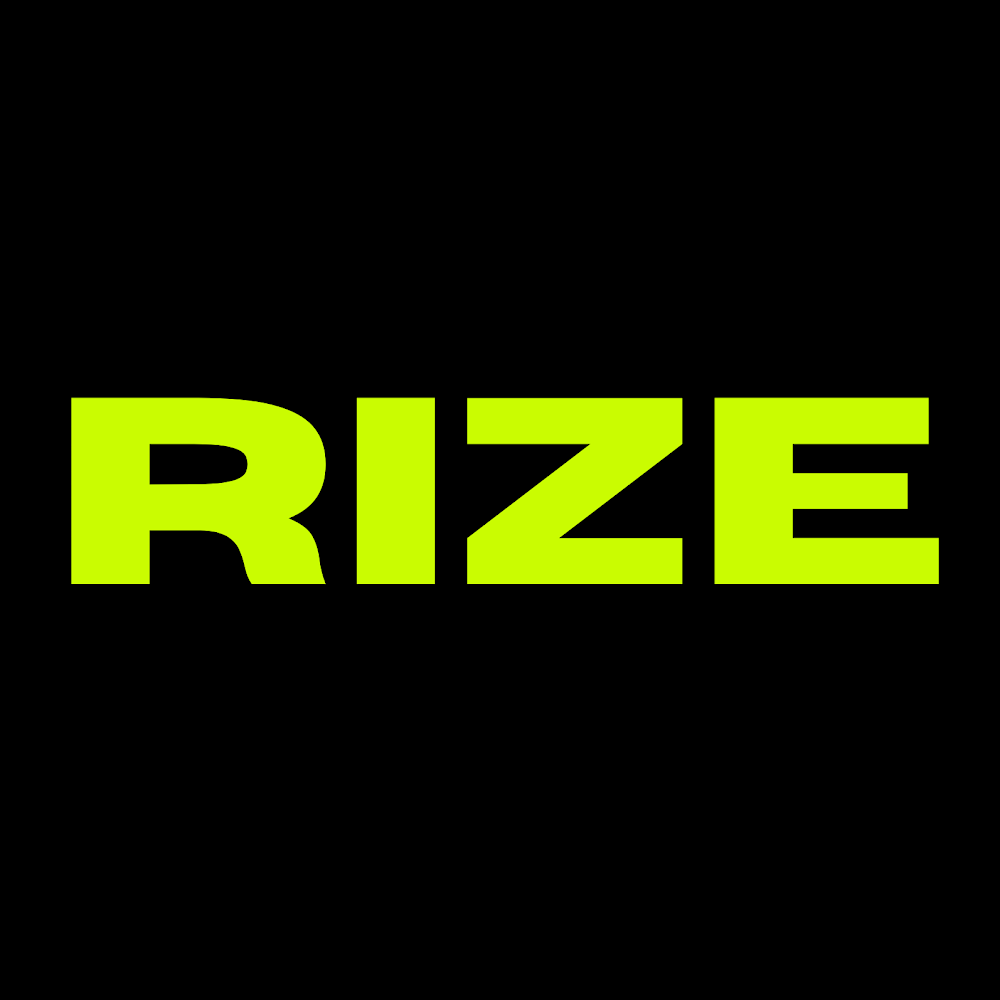VISUALIZING WELLNESS: USING YOUR MIND TO HELP YOUR BODY HEAL
- RIZE

- Oct 6
- 3 min read
When you get injured, all eyes go to the body — the scans, the rehab, the timetable. But what happens in your mind during recovery can change how fast and how fully you heal.
Your mental state affects pain, tension, motivation, and even how well your body rebuilds.Two of the most powerful tools for this are relaxation and imagery.
These are not abstract ideas. They are skills. You can train them. And when you do, your body follows.
The Power Duo: Relaxation and Imagery
Relaxation and imagery are separate techniques, but together they create a complete mental training system for recovery.
Relaxation helps you calm your body. Imagery helps you give it direction.When your body is relaxed, your mind becomes more open to positive, healing images.
1. RELAXATION: CALMING THE BODY TO HELP IT REBUILD
After injury, your body often stays tense — especially around the injured area. That tension slows healing and increases pain.Learning to relax is not a luxury. It is part of recovery.
Relaxation training teaches you to release muscle tension, steady your breathing, and reset your body’s stress response. It improves blood flow, reduces tightness, and helps rehab exercises work better.
Three simple ways to train relaxation:
Progressive muscle relaxation. Tighten one muscle group, then release it. Move slowly through your body. Notice the difference between tension and ease.
Breathing control. Deep, slow breaths calm your heart rate and quiet the mind. Focus on the air moving in and out.
Autogenic training. Use quiet self-talk to guide your body. Say phrases like “My arm feels warm and heavy” or “My breath is calm and steady.”
Over time, you will be able to relax your body quickly, even during competition or stressful moments in rehab.
2. IMAGERY: SEEING HEALING, FEELING PROGRESS
Imagery — also called visualization — is about creating vivid pictures in your mind.It is not daydreaming. It is deliberate mental practice that activates the same parts of your brain used in physical movement.
When you imagine recovery clearly, your brain sends signals that support healing and skill retention.
There are three main ways to use imagery while injured:
Healing imagery. Picture what is happening inside your body as it recovers. Imagine warmth, light, or energy moving through the injured area, increasing blood flow and repair.
Mastery imagery. Visualize yourself completing rehab tasks successfully, hitting small milestones, or returning to play with confidence. This builds motivation and focus.
Performance imagery. Rehearse sport skills mentally. See yourself moving with precision and control. Feel the rhythm of your movements. This keeps your muscle memory active and your “mental blueprint” strong.
For imagery to work best, engage all your senses. See the colors. Feel the movement. Hear the sounds. Add emotion — calm, confidence, focus.
Building These Tools Into Recovery
Imagery and relaxation work best when they are part of your daily rehab plan, just like stretching or strength work.
Use them with other mental skills like goal setting and positive self-talk.For example:
Set a short-term goal for your rehab this week.
Picture yourself achieving it.
Repeat a steady, encouraging phrase while you breathe deeply.
Athletes who combine these techniques often recover faster and return with more confidence.
The Takeaway
Healing is not only physical. Your thoughts, focus, and emotions shape your recovery.
When you learn to relax your body and direct your mind, you speed up your comeback from the inside out.



Comments